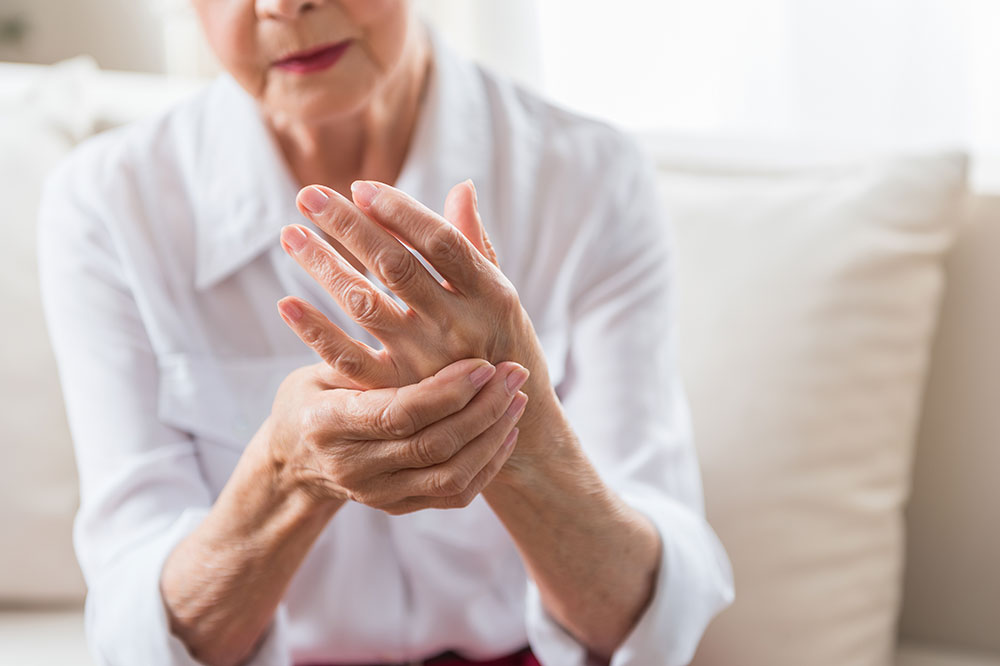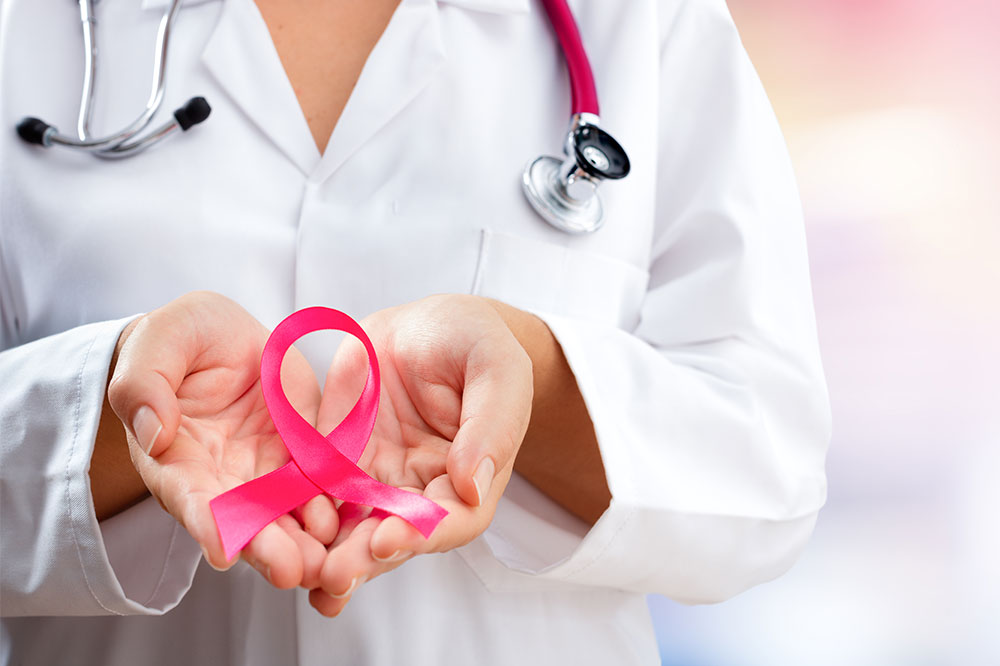Understanding arthritis – A common joint condition

The joints are constantly working while we move our limbs, so, understandably, people may develop certain joint conditions that cause pain and compromise mobility, especially with age. One of the common joint conditions is arthritis, which leads to joint inflammation and mild to severe pain. While there are several types of arthritis, the two most common types are rheumatoid arthritis and osteoarthritis.
Stages
Rheumatoid arthritis has four stages:
- Stage 1 : At this stage, inflammation occurs inside the joints, and swelling, stiffness, and joint pain are the common symptoms.
- Stage 2 : The inflammation of the joint lining, synovium, aggravates at this stage and results in cartilage damage. The affected joints’ range of motion is also compromised, causing pain and discomfort.
- Stage 3 : At this stage, the severity of the joint condition increases, and it leads to bone damage. This results in more pain, loss of mobility, and weakness of muscles. The bones rubbing against each other can cause bone deformity as well.
- Stage 4 : This is the final stage where the joints stop functioning completely. It leads to more pain, stiffness, and swelling, and the bones may even fuse, which is known as ankylosis.
Osteoarthritis also has four stages of progression:
- Stage 1 : Wear and tear may affect the knee joints, and minor spur growths on the affected bone can also be seen, but the condition does not cause too much pain at this stage.
- Stage 2 : The bone spur growths increase and cause pain, and the knee joints become stiffer.
- Stage 3 : This stage is characterized by joint inflammation leading to increased pain and stiffness. Walking can also cause popping sounds in the joints.
- Stage 4 : The space between the bones in the joints becomes very narrow, causing the cartilage to wear down. Also, a chronic inflammatory response caused by the breakdown of cartilage aggravates discomfort and pain.
Diagnosis of arthritis
These joint conditions can be diagnosed using several tests. A physical examination reveals whether a patient has red, warm, and tender joints, and this test also helps examine the fluid around the joints. A rheumatologist can analyze the level of inflammation in the joints to determine the type of arthritis an individual is affected with. Also, blood tests are undertaken to check for antibodies like anti-CCP, rheumatoid factor, and antinuclear antibody. In addition, X-ray, CT scans, and MRI are also performed to check the condition of the cartilage and bones.
Prevention of arthritis
A family history of joint conditions like arthritis or aging can increase one’s risk of developing arthritis, but making certain lifestyle changes can also help lower the chances of developing the condition. To start with, one should include more foods with omega-3 fatty acids in their diet as these healthy fats are anti-inflammatory. One should also exercise regularly, keep their weight under check, reduce stress on their joints, and try to avoid injuries.
Also, if one notices any symptoms of arthritis, they should consult a doctor immediately as early diagnosis goes a long way in managing the condition effectively through timely treatment.






